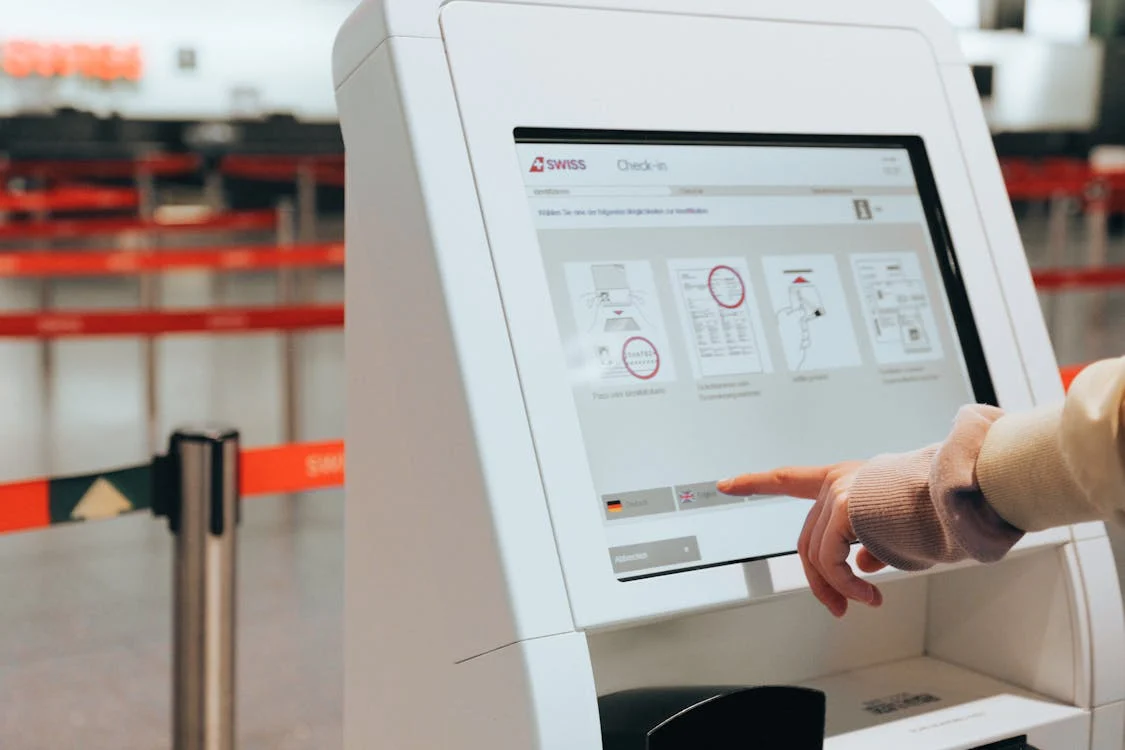4 minute read
In today’s modern and fast-paced world, the need for secure and efficient identity verification frameworks is more crucial than ever. With technology rapidly advancing, Optical Character Recognition (OCR) ID scanners are changing how businesses and industries handle identity checks. These devices provide a faster, more accurate, and more secure method for verifying IDs across various sectors. This article will explore what OCR ID scanners are, how they work, their benefits, and key applications.
What Are OCR ID Scanners?
OCR ID scanners use advanced software to scan and read information from identification documents like:
- Driver’s licenses
- Passports
- National ID cards
- Residence permits
- Voter IDs
- Health insurance cards
- Employee ID badges
- Student ID cards
The OCR market size was valued at $10.45 billion in 2023. These scanners can capture text, numbers, and even images from documents with razor-sharp precision and accuracy. Once scanned, it automatically extracts information to save it digitally, eliminating the need for manual input.
Benefits of Using OCR ID Scanners
OCR ID scanners are a handy and convenient solution for the verification needs of today’s modern businesses. They offer several key advantages that help industries improve their security processes and overall efficiency. Some of these are:
- Enhanced accuracy: OCR scanners minimize the chances of human error in transcribing details like names, addresses, and ID numbers. This leads to more reliable identity checks.
- Time efficiency: Manually entering data from IDs is time-consuming. OCR scanners reduce this. They automatically capture and process information in seconds.
- Data security: Sensitive data is encrypted and stored securely, reducing the risk of identity fraud and breaches.
- Seamless, quick, and easy integration: You can easily integrate OCR ID scanners into existing systems. This makes it simple for businesses to upgrade their security without major overhauls.
Key Applications of OCR ID Scanners
As organizations evolve, so do their needs. ID verification in today’s world is very different from how it used to be in the past. OCR ID scanners have become essential tools across various industries, where accurate and fast identity verification is crucial for both security and efficiency. Here are some key sectors utilizing this technology:
- Financial services: Banks and financial institutions use OCR ID scanners. These help to quickly verify customer identities, prevent fraud, and ensure regulatory compliance.
- Healthcare: Hospitals and clinics use OCR ID scanners to authenticate patient IDs and insurance cards. This helps in reducing administrative errors and ensuring correct billing.
- Government and public services: Agencies use OCR ID scanners for voter registration, national ID issuance, and border control. These handy scanners help ensure efficient and secure processing.
- Education: Universities and schools use OCR ID tools for student registration and ID verification during exams and other official processes.
- Events and entertainment: Concert venues, sports arenas, and conventions rely on OCR ID scanners to confirm attendee identities quickly and securely at entry points.
The Future of OCR ID Scanning
As AI technology continues to evolve, the future of OCR ID scanners looks even more promising. Here are some key trends to expect in the future of OCR ID scanning:
- Biometric integration: Combining facial recognition or fingerprint scanning with OCR for fraud prevention
- Real-time data verification: Faster verification by cross-referencing IDs with live databases for immediate authentication.
- Global standardization: Adoption of universal standards for ID formats, simplifying international travel and business transactions.
- Mobile integration: Wider use of smartphone OCR scanning for everyday tasks, such as e-commerce purchases and mobile banking.
Endnote
As technology continues to make new strides with each passing day, OCR ID scanners have become essential tools for businesses and governments alike. Their ability to streamline identification processes, enhance security, and improve accuracy is reshaping industries across the globe. OCR innovations can help organizations better protect their customers, reduce fraud, and increase efficiency.





